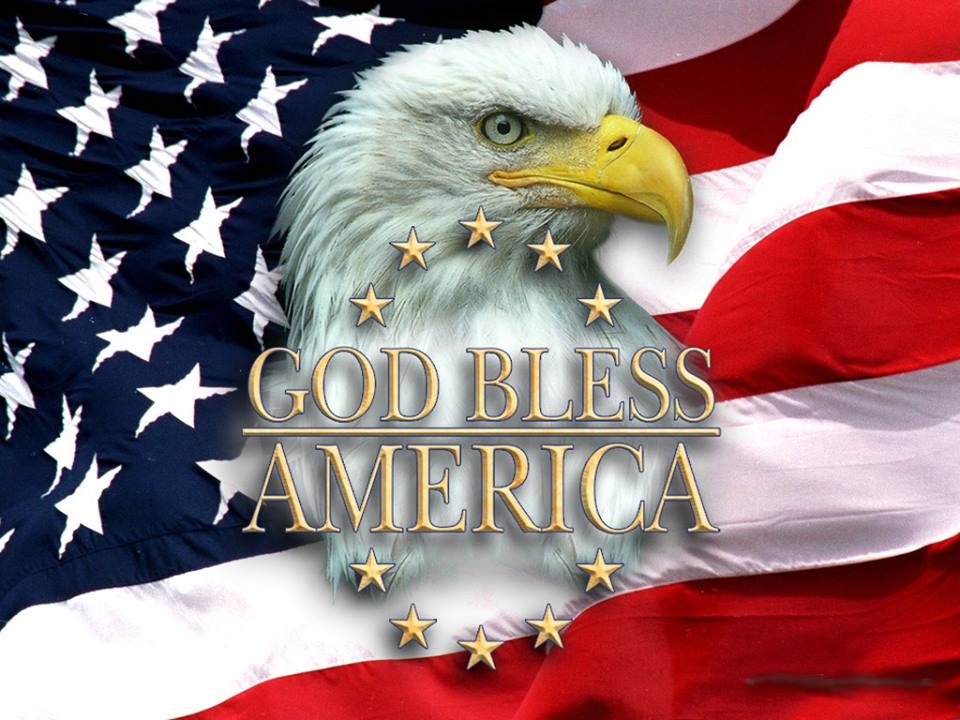
(Prepping In Rural Iowa)
Basic Water Storage
| Storage Tank Gallons | Approx. parts per million of chlorine residual achieved by adding 5% chlorine bleach, in the amounts below. | |||||
| 1 PPM | 5 PPM | 50 PPM | 100 PPM | 200 PPM | ||
| 10,000 | 25 oz | 1.0 gallon | 10 gallons | 20 gallons | 40 gallons | |
| 5,000 | 12.5 oz. | 1/2 gallon | 5 gallons | 10 gallons | 20 gallons | |
| 2,500 | 6.75 oz | 1.0 qt. (32 oz) | 2.5 gallons | 5 gallons | 10 gallons | |
| 1500 | 1.5 oz (3 tb) | 19 oz (2-1/2 cups) | 1.5 gallons | 3 gallons | 6 gallons | |
| 1000 | 2.5 oz. (5 tb) | 12.8 oz. (1-1/2 cups) | 1 gallon | 2 gallons | 4 gallons | |
| 500 | 1.25 oz (2.5 tb) | 6.4 oz (3/4 cup) | 1/2 gallon | 1 gallon | 2 gallons | |
| 250 | 3 – 4 teaspoons | 3 oz (6 tb) | 1 qt. | 1/2 gallon | 1 gallon | |
| 100 | 1.5 teaspoons | 1.3 oz (2.6 tb) | 1 pint or 2 cups | 1 qt. | 1/2 gallon | |
| 50 | 3/4 teaspoons | .65 oz (1.3 tb) | 1/2 pint or 1 cups | 1/2 qt. | 1/4 gallon | |
Water Storage
Commercially bottled water in PETE (or PET) plastic containers may be purchased. Follow the container’s “best if used by” dates as a rotation guideline. Avoid plastic containers that are not PETE plastic.
If you choose to package water yourself, consider the following guidelines:
Use only food-grade containers. Smaller containers made of PETE plastic or heavier plastic buckets or drums work well.
Clean, sanitize, and thoroughly rinse all containers prior to use. A sanitizing solution can be prepared by adding 5 ml (1 teaspoon) of liquid household chlorine bleach (5 to 6% sodium hypochlorite) to 1 liter (one quart) of water. Only household bleach without thickeners, scents, or additives should be used.
- Do not use plastic milk jugs, because they do not seal well and tend to become brittle over time.
- Do not use containers previously used to store non-food products.
Water Pretreatment
Water from a chlorinated municipal water supply does not need further treatment when stored in clean, food-grade containers. Non-chlorinated water should be treated with bleach. Add 8 drops of liquid household chlorine bleach (5 to 6% sodium hypochlorite) for every 4 liters (one gallon) of water. Only household bleach without thickeners, scents, or additives should be used.Storage
Containers should be emptied and refilled regularly. Store water only where potential leakage would not damage your home or apartment. Protect stored water from light and heat. Some containers may also require protection from freezing. The taste of stored water can be improved by pouring it back and forth between two containers before use.Water Purification
If your water supply is not known to be safe or has become polluted, it should be purified before use. Water purification is generally a two-step process.- Step 1: Clarify
Cloudy or dirty water must first be made clear. It should be passed through filter paper, fine cloth, or some other filter. It should be allowed to settle, and then the clear water on top can be carefully drawn. Filtered or clear settled water should always be disinfected before use.
- Step 2: Disinfect
- Boiling Method
Bringing water to a rolling boil for 3 to 5 minutes will kill most water-borne microorganisms. However, prolonged boiling of small quantities of water may concentrate toxic contaminants if present. - Bleach Method
Adding 8 drops of fresh liquid household chlorine bleach (5 to 6% sodium hypochlorite) to every 4 liters (one gallon) of water will kill most microorganisms. Only household bleach without thickeners, scents, or additives should be used. The use of bleach does not address toxic contamination. - Commercial Water Filters
Commercial water filters can effectively filter and purify water contaminated with microorganisms, toxic chemicals, and heavy metals. Their effectiveness depends on design, condition, and proper use.
- Boiling Method
Types of Storage
1. Water Barrels. If you have the space and you’re looking to have at least one month of water storage on hand, you can’t go wrong with 55-gallon water barrels. They’re made from sturdy food-grade plastic and have bungs at the top that can be sealed super tight in order to protect your water from contamination. The plastic is also BPA-free and UV-resistant. Two of these babies will give a family of four about 27 days worth of water. This is what I have right now for my water storage solution.2. Rain Barrels. In addition to storing tap water, you might consider adding some rain barrels into your system. Simply place a rain barrel at the bottom of your gutter pipe, and whenever it rains your barrel collects the water. Rainwater harvesting is an eco and budget friendly way to create a long-term water storage reserve. Because it comes from the heavens, and it’s sitting in a barely-protected barrel outside, you’ll want to filter and sanitize rainwater before drinking it. Some preppers just use rainwater for hygiene and save their stored tap water for drinking. Although it’s a myth that some states have made rainwater collection illegal, some drought-prone states have regulations on methods and require permits
3. Water Cistern System. Water cisterns are a big step up from rain barrels. They’re basically giant holding containers that you use to capture rain water. Water cistern systems can hold anywhere from 1,400 gallons to 12,000 gallons of water. If you’re planning for end-of-the-world-as-we-know-it events, water cisterns are where it’s at. You’ll need space where you can place a giant water tank and you’ll need to develop a system of pipes to deliver rainwater to the cistern. Also, the tanks used in cistern systems usually aren’t food friendly. You’ll want to treat the water before drinking it or use cistern water primarily for hygiene purposes.
Back-up Water Solutions In addition to having stored water, you’ll want to have options to filter and purify water in case you need to use water from rivers, streams, or lakes to supplement your supply. We recommend having three options on hand to produce clean drinking water: filter, chemical, and boiling.
- Water filter I have a Sawyer water Filtration System in my bug-out bag. You can produce about 1 liter of clean water per minute with it. You definitely can’t rely on it for your primary source of clean water. It’s just a supplement.
- Purification tablets I have some iodine and sodium chlorite tablets for purification as well.
- Fuel and stove to boil water.

